Pamunkey reservation in Virginia
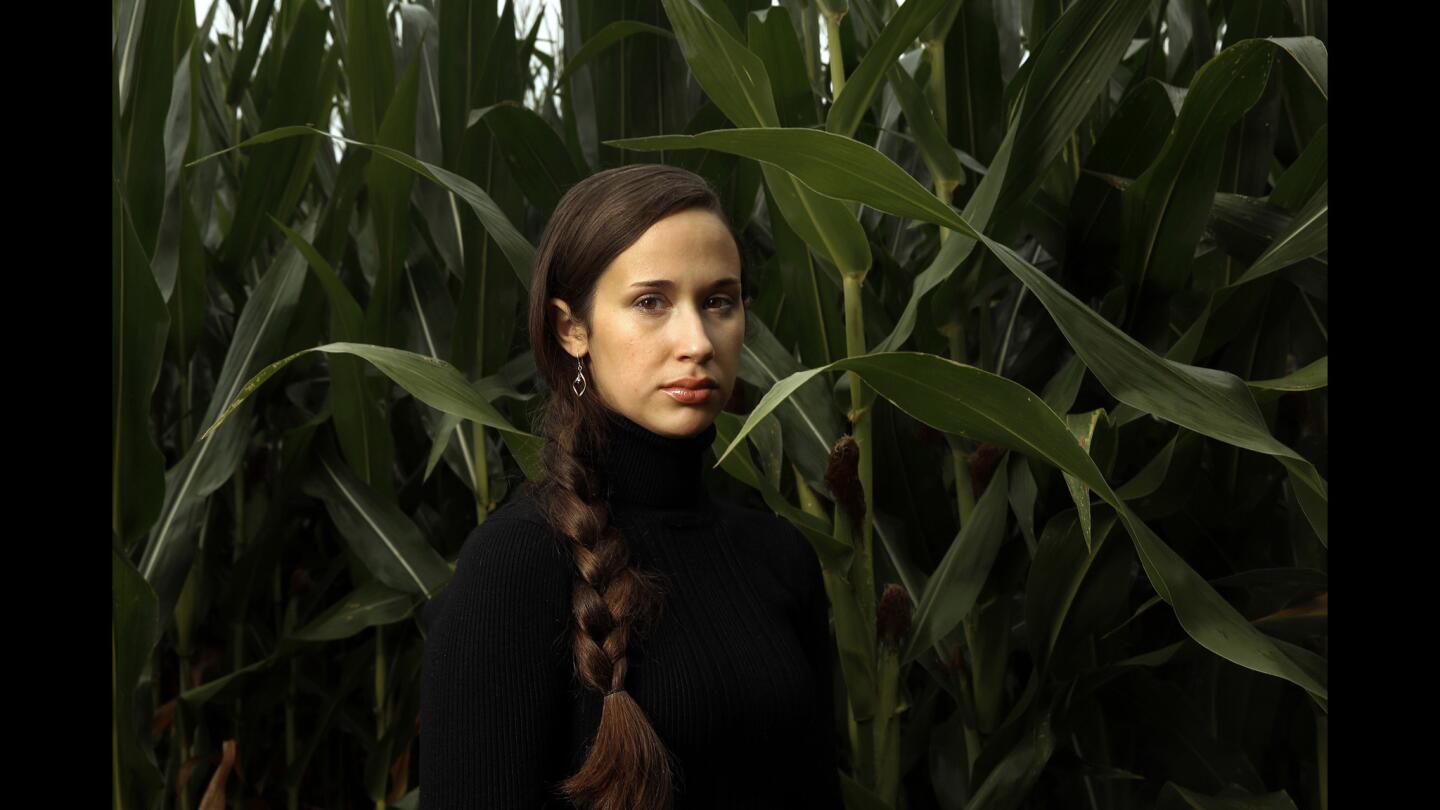
Wendy Taylor is a member of the Pamunkey tribe, along with her ancestors. Her great-grandfather, Chief Tecumseh Deerfoot Cook, was a tribal chief for 42 years.
(Carolyn Cole / Los Angeles Times)The Pamunkey Indian tribe has just received recognition from the U.S. government more than 450 years after signing its first treaty with the king of England. Only about a fourth of the 208 members live on the remote reservation in eastern Virginia.
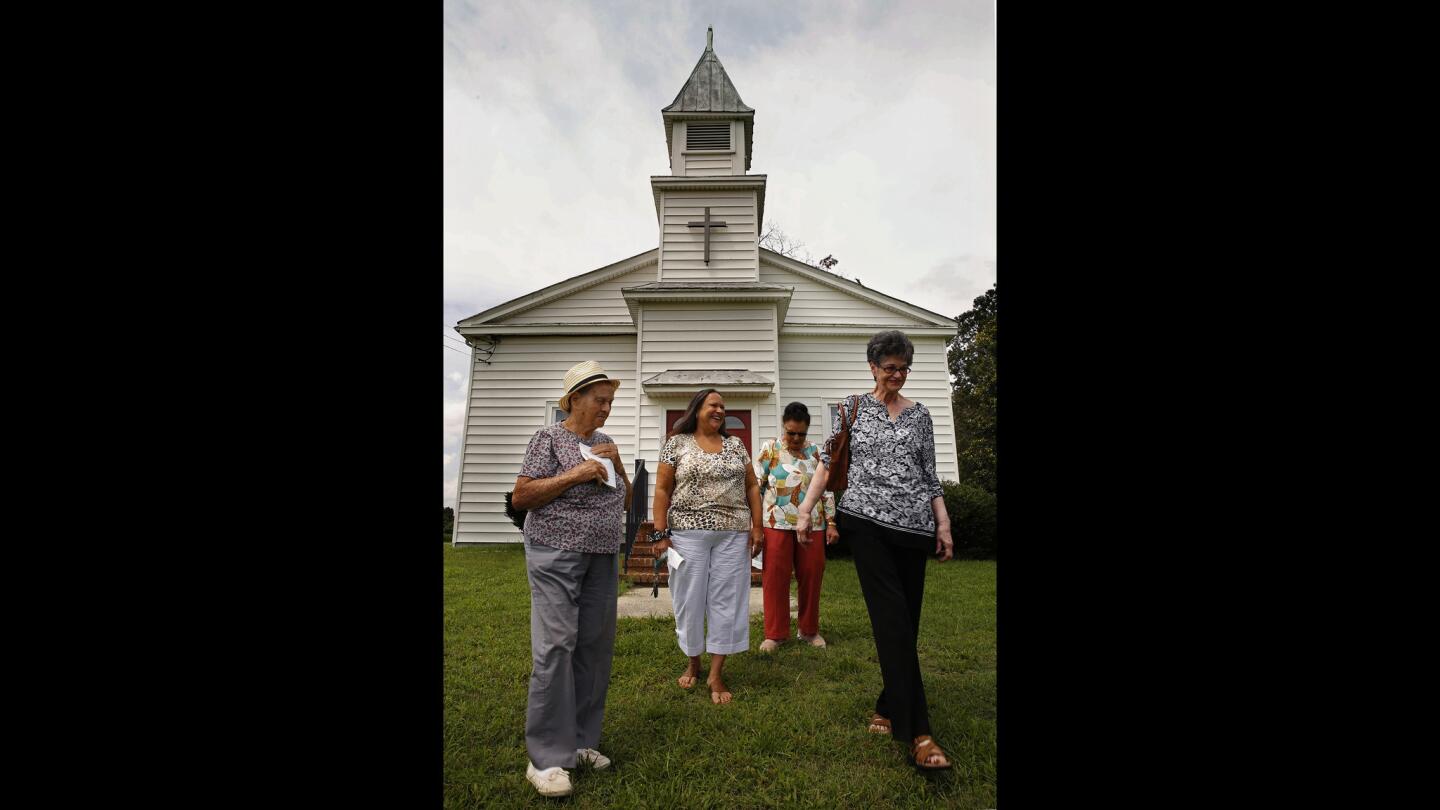
Joyce Krigsvold, right, is among Pamunkey Church members leaving Sunday worship. It’s the oldest Native American church in Virginia.
(Carolyn Cole / Los Angeles Times)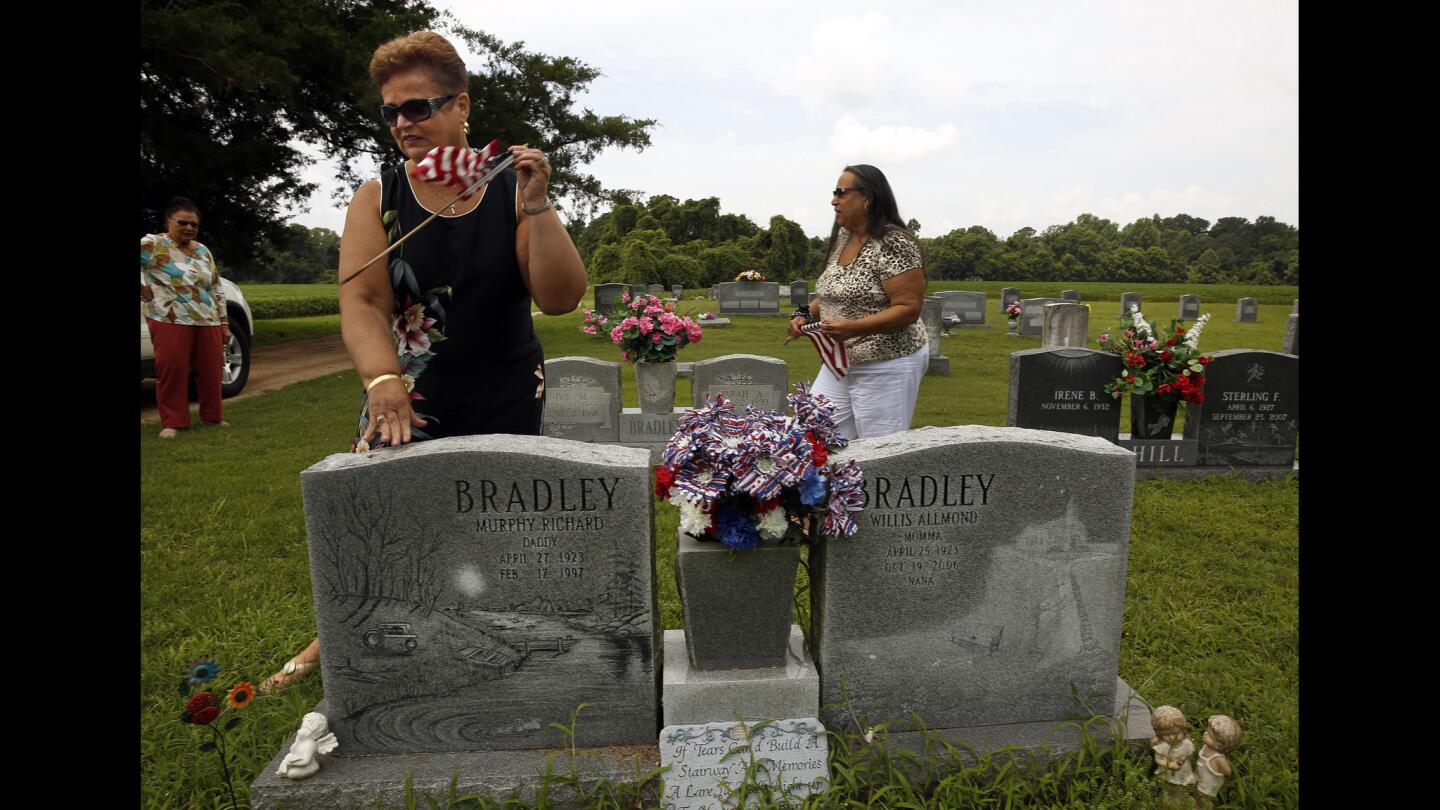
Kathy Davis and others visit the graves of their ancestors after Sunday service at Pamunkey Church in Virginia.
(Carolyn Cole / Los Angeles Times)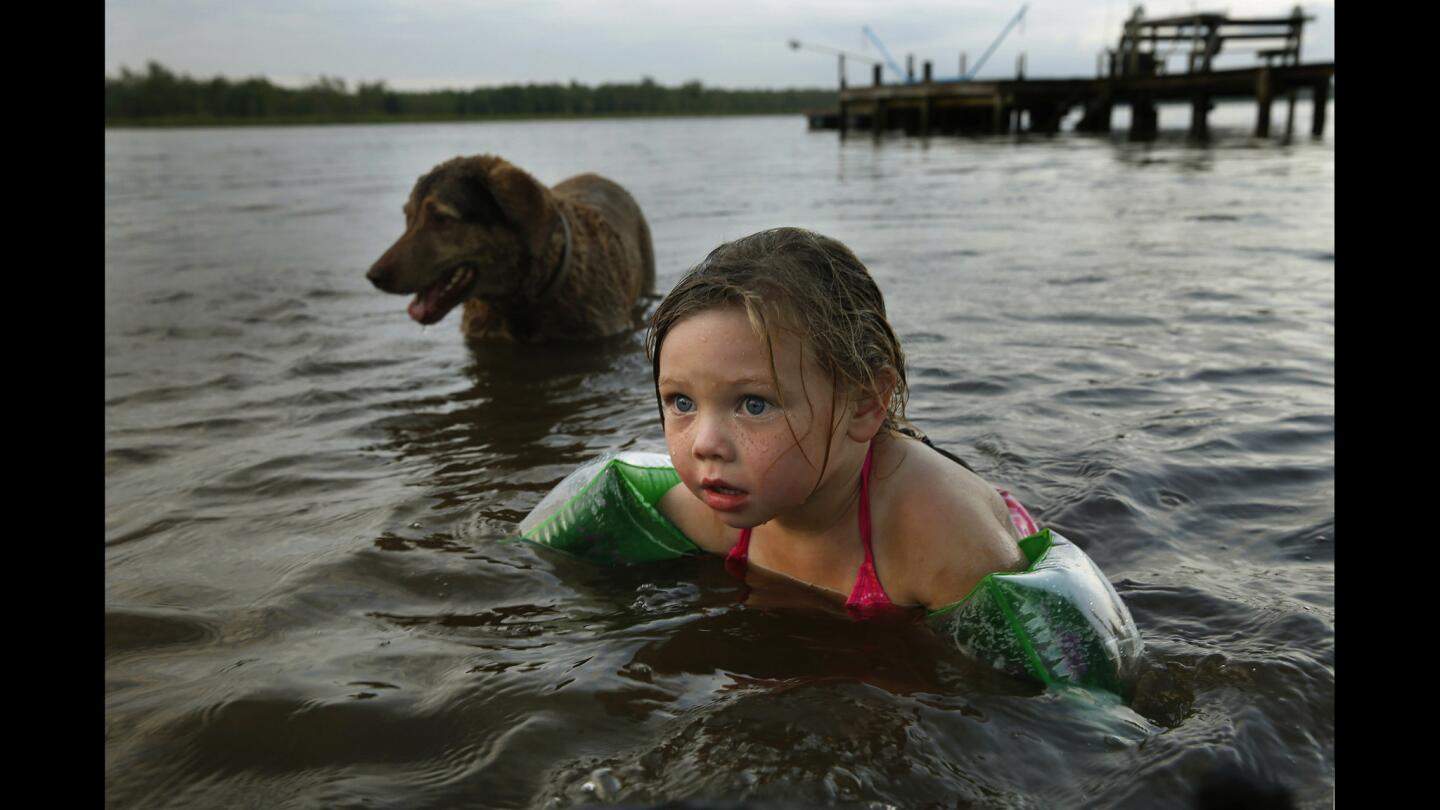
Mikayla Deacy, 4, and her dog Dakota swim in the Pamunkey River. Mikayla will be eligible for scholarships and other benefits now that the Pamunkey have received federal recognition.
(Carolyn Cole / Los Angeles Times)Advertisement
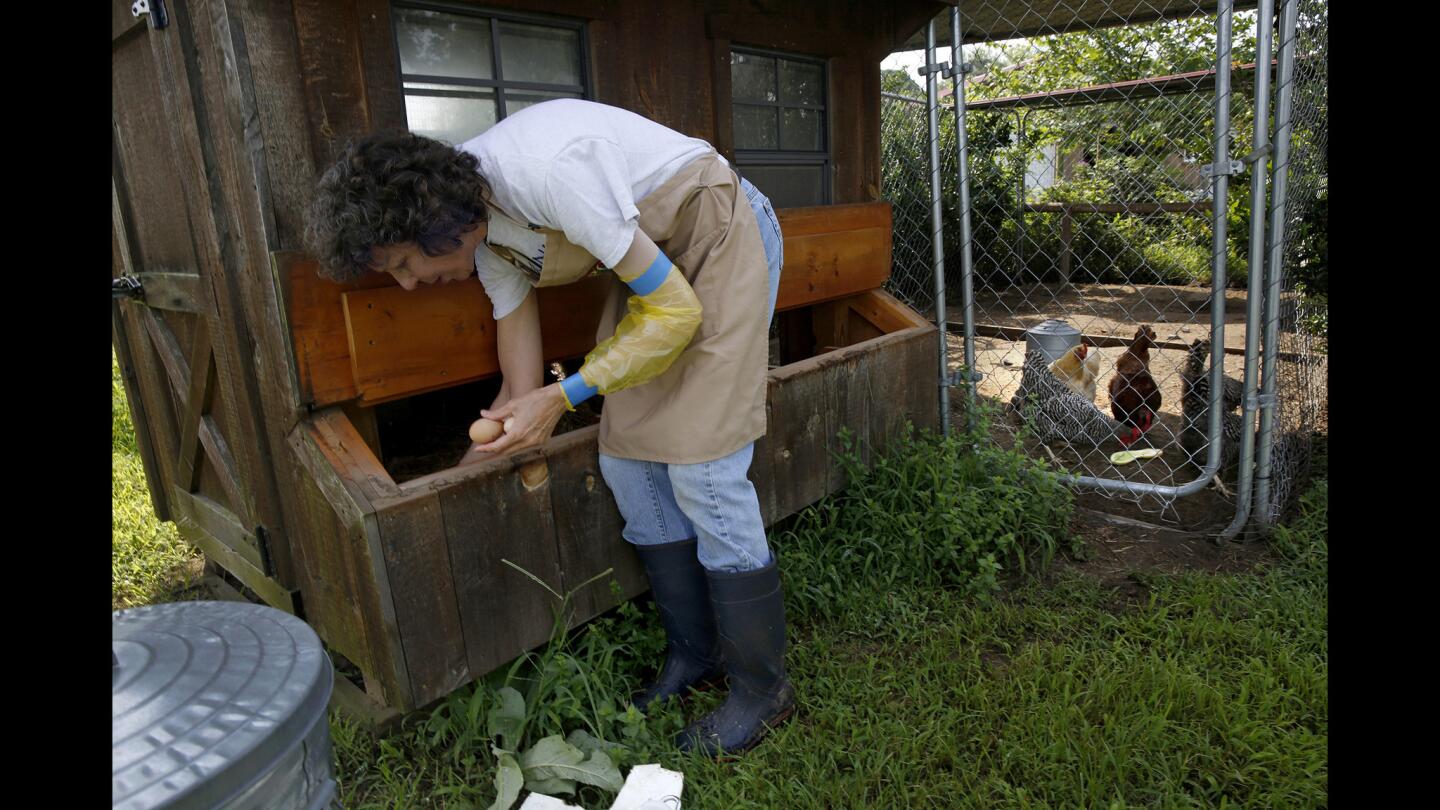
Kathleen Brown moved to the Pamunkey reservation eight years ago with her husband, Brad, a descendant of tribal members. The couple is pursuing a farm-to-table lifestyle, with chickens and a garden.
(Carolyn Cole / Los Angeles Times)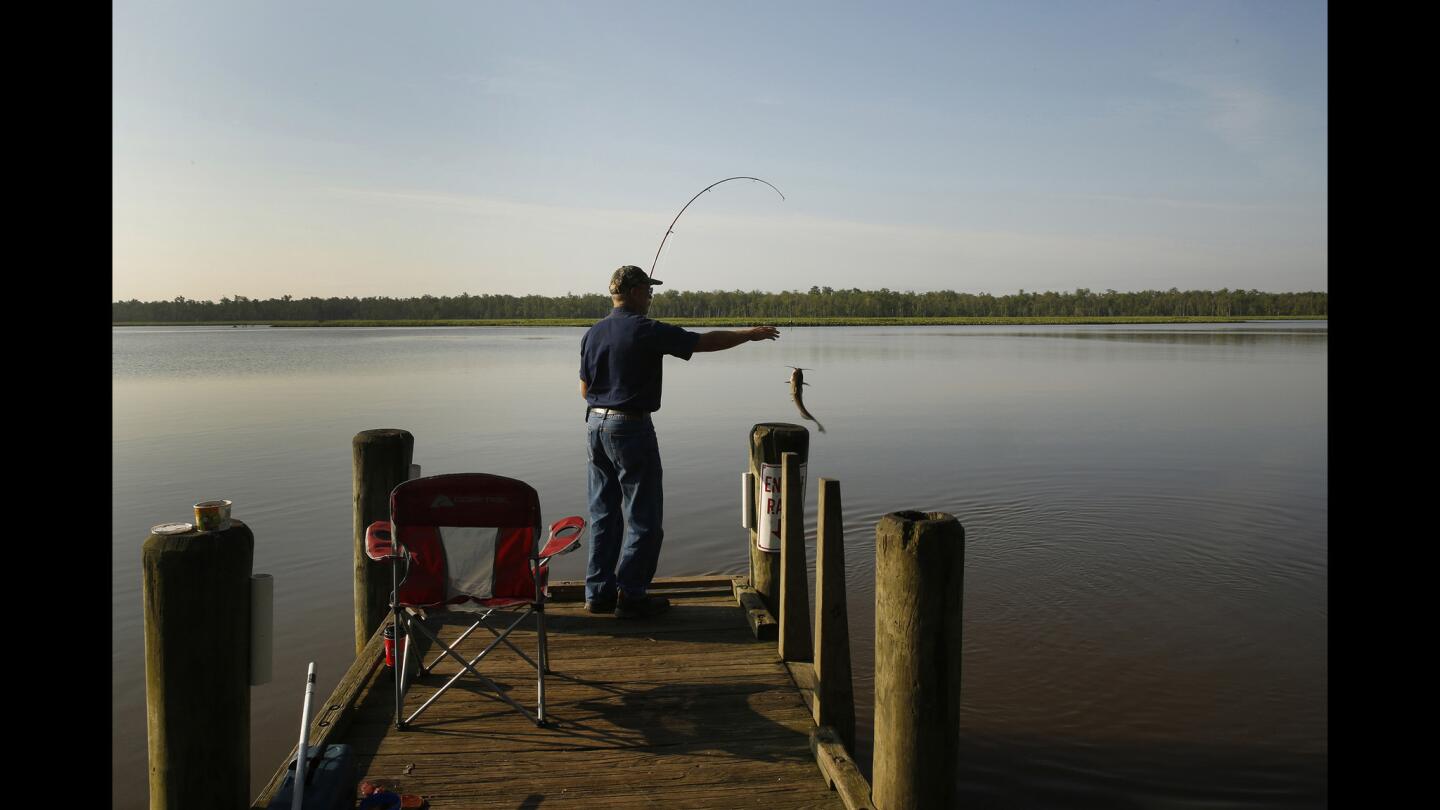
Catfish are plentiful on the Pamunkey River. A fisherman catches one and throws it back. The river surrounds the reservation almost like a moat.
(Carolyn Cole / Los Angeles Times)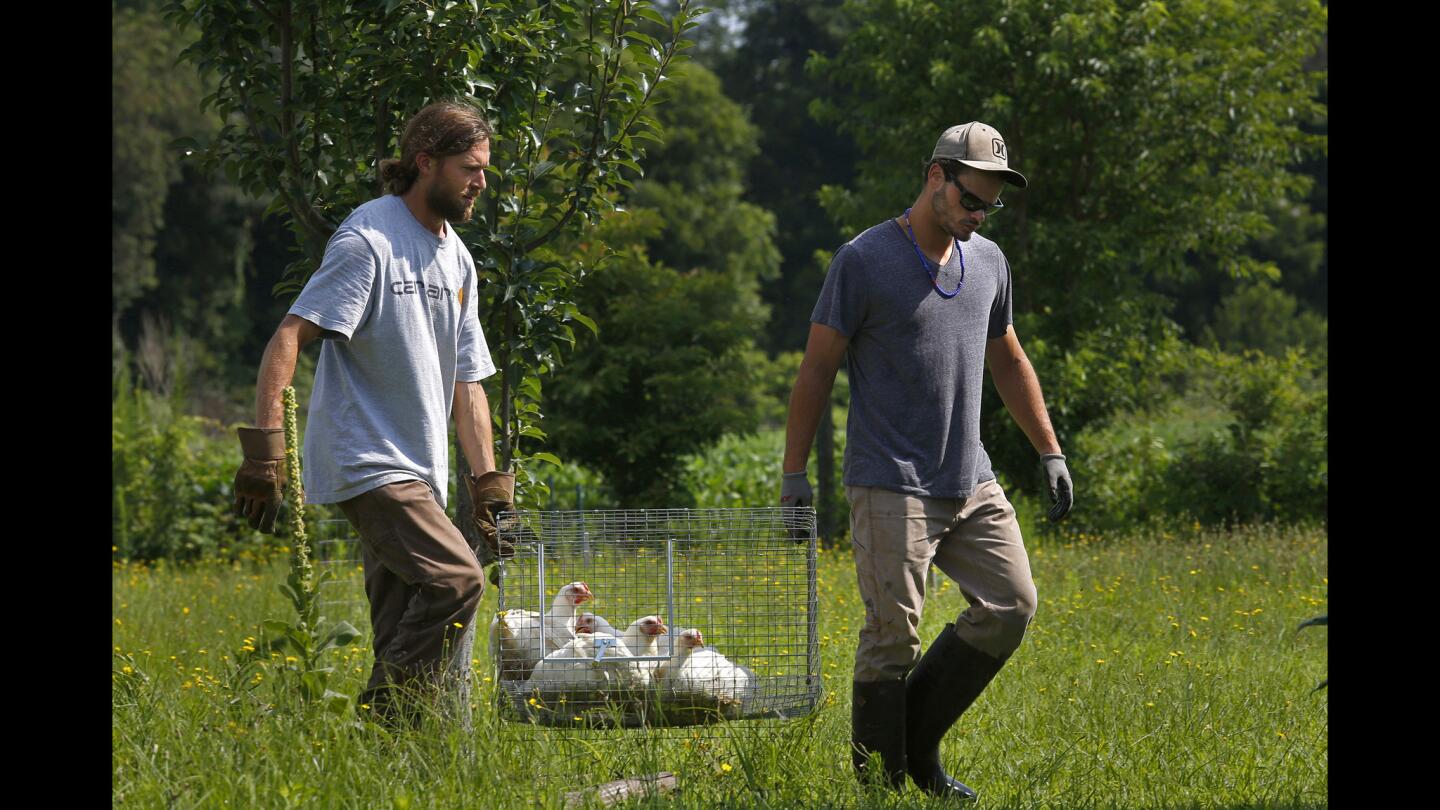
Ethan Brown, 27, left, and cousin Jamie Atkins, 29, carry chickens they’ve raised. Only about a fourth of the Pamunkey tribe’s 208 members live on the reservation.
(Carolyn Cole / Los Angeles Times)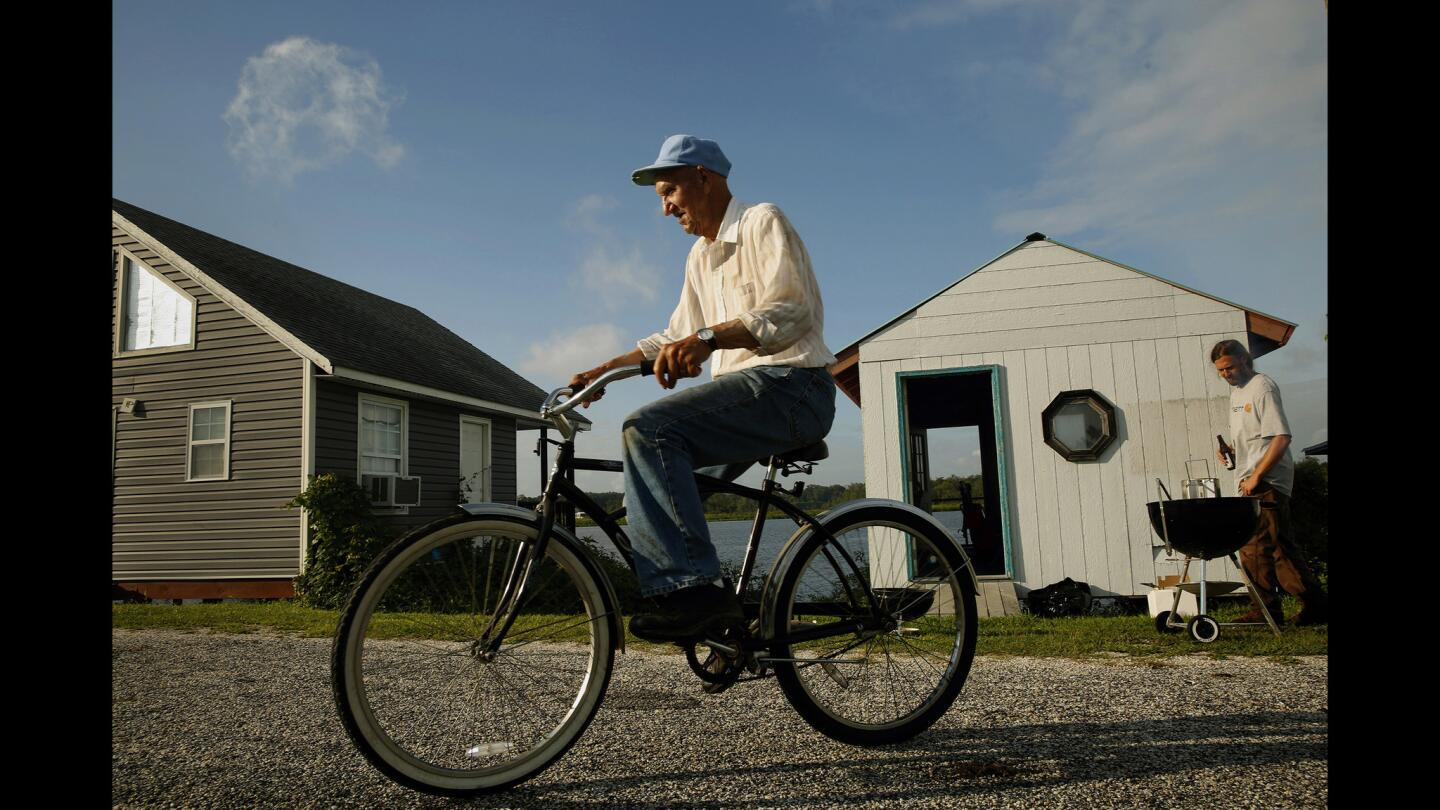
John Henry Langston, 84, is the oldest tribal member living on the Pamunkey Indian Reservation. He rides his bike around the reservation on most days.
(Carolyn Cole / Los Angeles Times)Advertisement
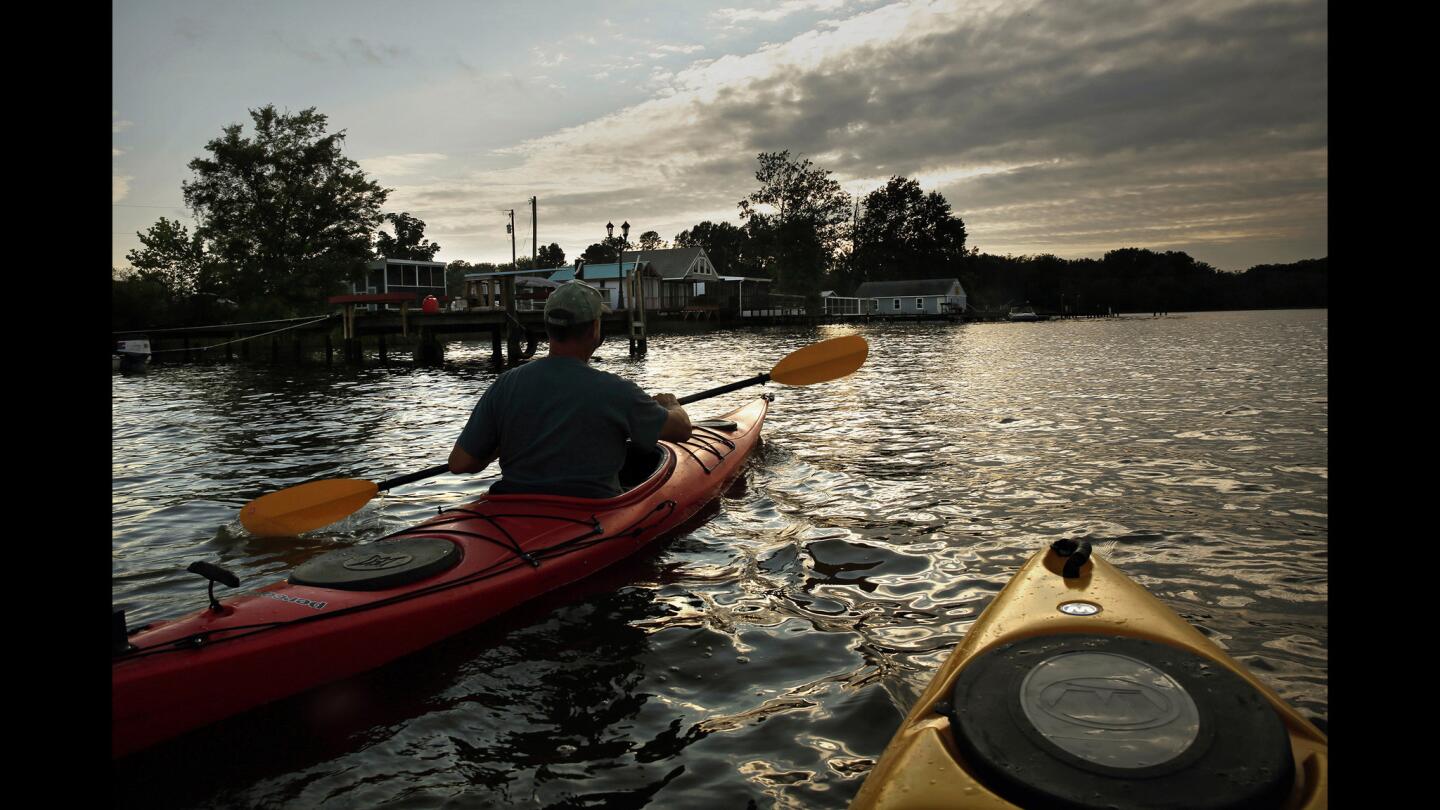
John Collins, 56, returned to live on the reservation and enjoys kayaking on the local waters.
(Carolyn Cole / Los Angeles Times)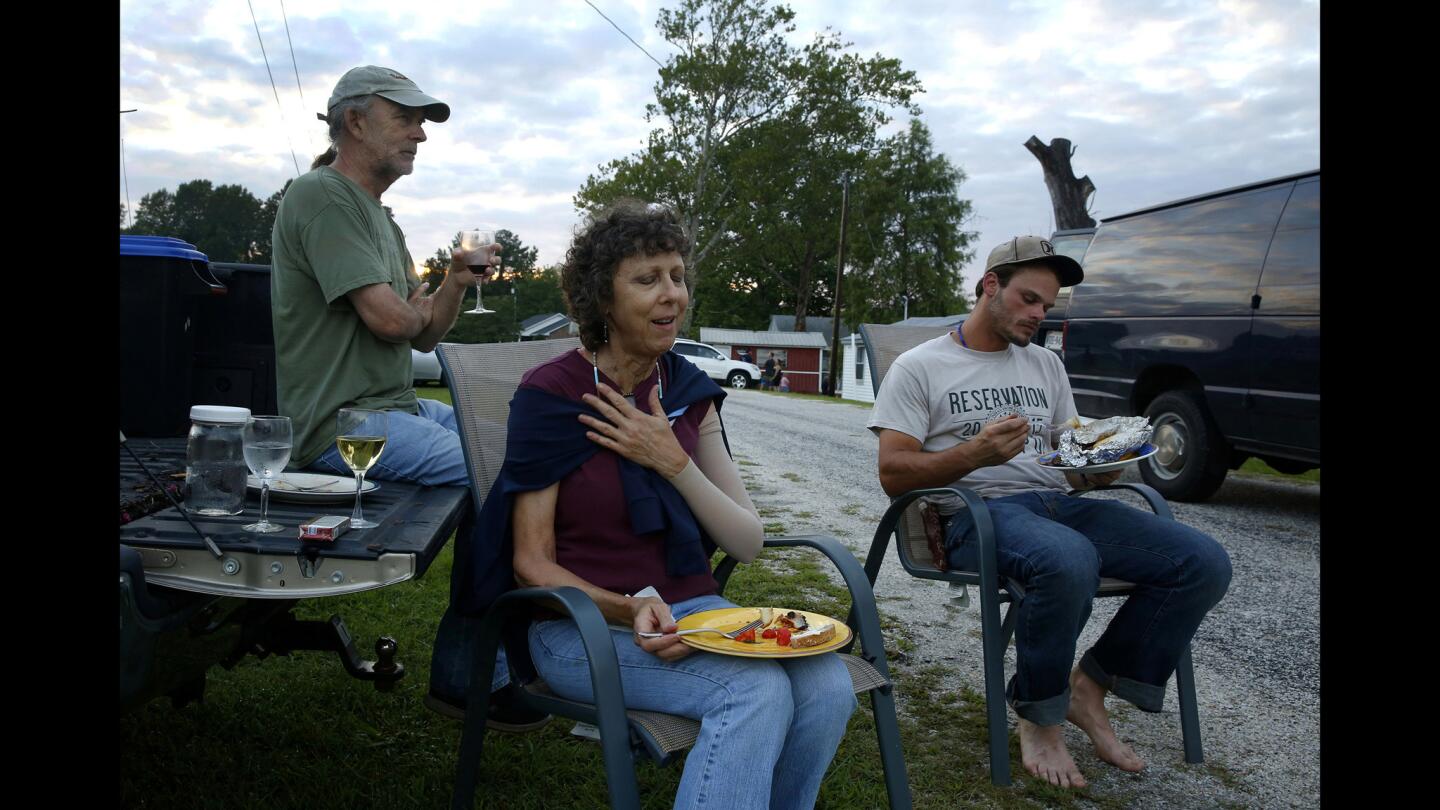
Brad Brown, left, and his wife, Kathleen, enjoy a picnic with cousin Jamie Atkins. “We were a tribe here before the U.S. government existed,” says Brad.
(Carolyn Cole / Los Angeles Times)






